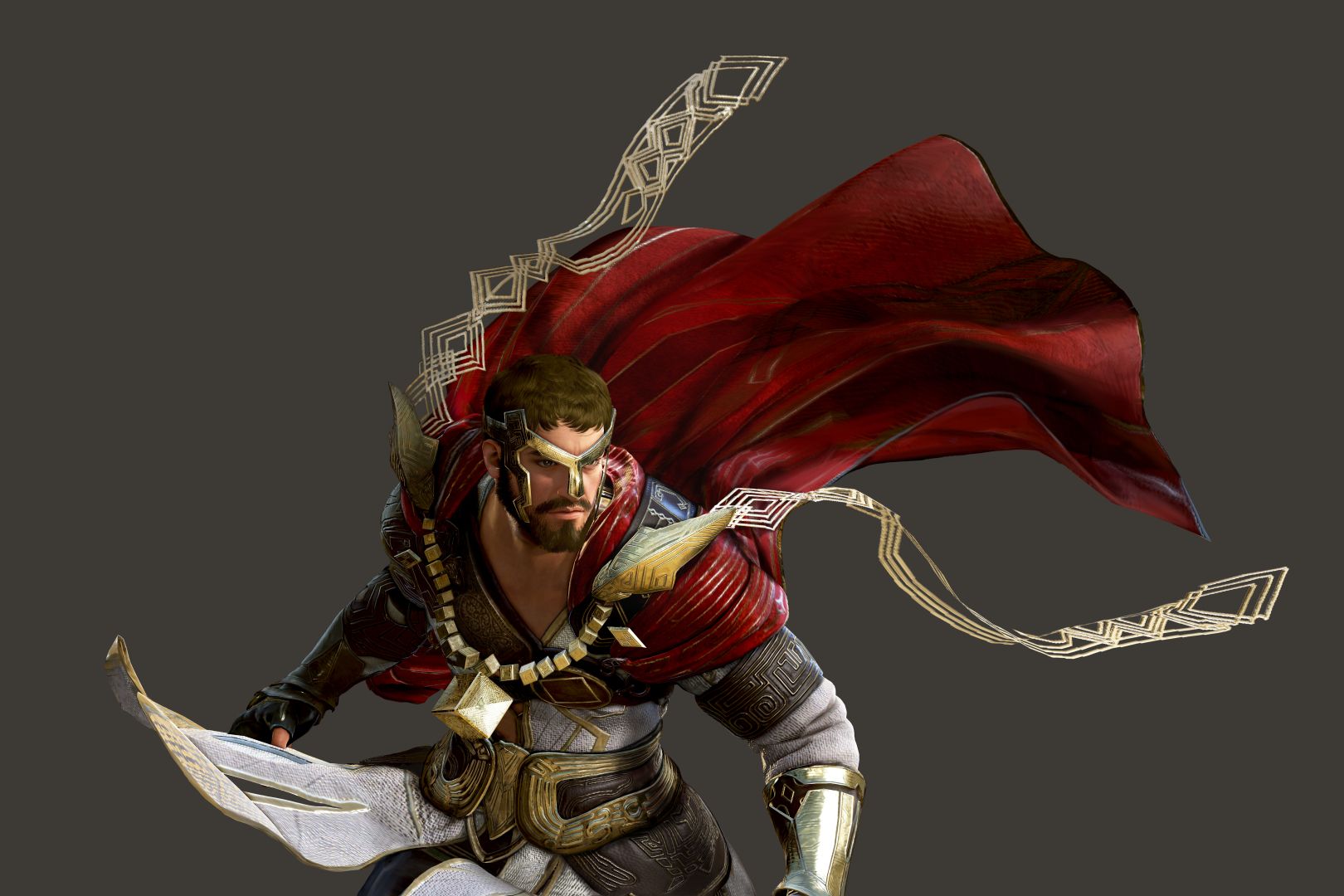

Conversely, GoldenEye’s default controls map strafing and looking up and down to the right stick - or, more accurately, the C buttons of the original N64 controller - whereas today’s shooters tend to bundle all of your rotation-style “look” controls - turning and looking up and down - to the right stick. The default control scheme has both moving and turning on the left analogue stick, whereas today’s shooters tend to place moving and strafing on the left stick. The trouble with GoldenEye’s controls is that there’s no one simple setup that perfectly matches today’s conventions for first-person shooters. If you played the game back in the day, you’re going to have to call on some long-forgotten muscle memory, and then transpose it to a controller that’s not quite the same as the original N64 controller - unless, of course, you’re one of the few people who specifically bought the Switch-compatible N64 controllers, in which case you’re all good to go. If you’re accustomed to today’s console-based first-person shooters, you’re going to have a bit of an adjustment period to the Switch version, optionally accompanied by a fair degree of tinkering with the controls to get something approaching comfortable.

(It’s also worth noting that the Switch version features online multiplayer, whereas the Xbox version only features split-screen.) The Xbox version, which is more of a “remaster”, features modernised controls, whereas the Switch version includes what is essentially the original N64 controls ported to Switch pads. The answer to that is “yes”, albeit with a few caveats along the way if you’re playing the Switch version, which is the one we’ll be focusing on today.


 0 kommentar(er)
0 kommentar(er)
